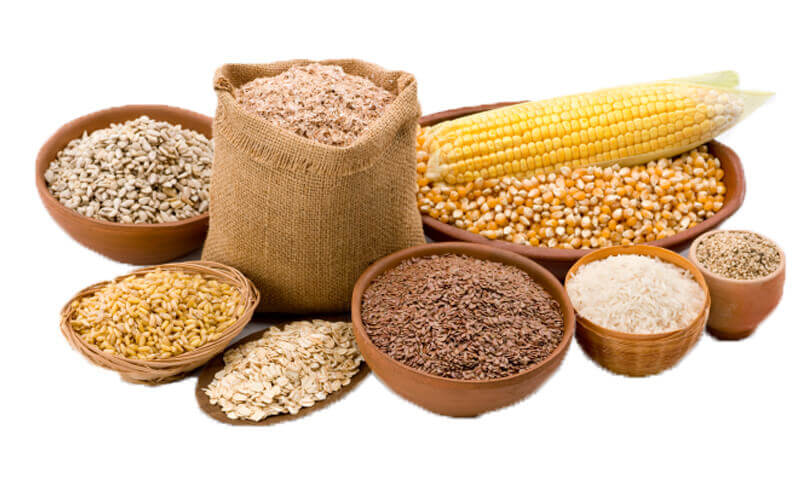Most often, the value of the grain (in dollars-per-tonne) is usually greater than the cost of the structure in which it is stored. Minor expenditure in improving the quality of the storage can thus be quickly recovered if commodity losses are commensurably reduced.
Compared to most other foodstuffs, such as meats and vegetables, grains are relatively easy to store. If grain is kept insect-free and below its safe moisture content, it will keep for many years with minimal loss of quality or nutritional value.
Low temperature is an important factor in minimising insect activity and in maintenance of nutritional quality in general. Storage at or below the safe moisture content is essential for prevention of deterioration caused by microorganisms and insects (see FAO Document Chapter 2 and Chapter 8 for more information).
Where insects are present, temperatures are high, and most especially where moisture content is above safe levels, then storage of grain becomes both risky and difficult, and losses will be difficult to avoid. It is in these circumstances that the type of storage facility and its design become critical to the safety of the stored grain.
Whilst the choice of storage design is wide, the essential requirements needed to store grain safely remain the same.
These are:
- Sealing. The storage structure must keep the grain free from water ingress, insects, rodents and birds.
- Cooling. If grain is to be stored at moisture content above ‘safe’ levels, provision should be made for cooling the grain.
- Easy disinfestation. The storage facility should also permit easy and economical disinfestation of grain in the event of insect infestation.
And remember, a minor expenditure in improving the quality of the storage can be quickly recovered if commodity losses are commensurably reduced.
Need more tips or advice? Please visit our FAQ’s section
RELATED CONTENT
Differences, Advantages & Disadvantages
- Advantages of using steel silos for grain storage instead of storing the grain in warehouses
- Advantages of using a Steel Silo over a Bag Silo for Grain Storage
- Advantages of a Steel Silo vs. a Concrete Silo for grain storage
- Difference and benefits of a galvanised steel silo and a carbon steel silo with food paint
Safety tips for grain handling and storage
- Requirements to store grains safely
- The importance of temperature control inside the silo
- How to minimise spoilage during the storage of soybean
- Indicators to detect problems with the soybeans stored in a silo: Heating, change in color, musty odour, lumping and caking
- What are the necessary control plans for storing corn in a metal silo?
- How to store grain to reduce post-harvest losses and protect its quality
General Guidelines










